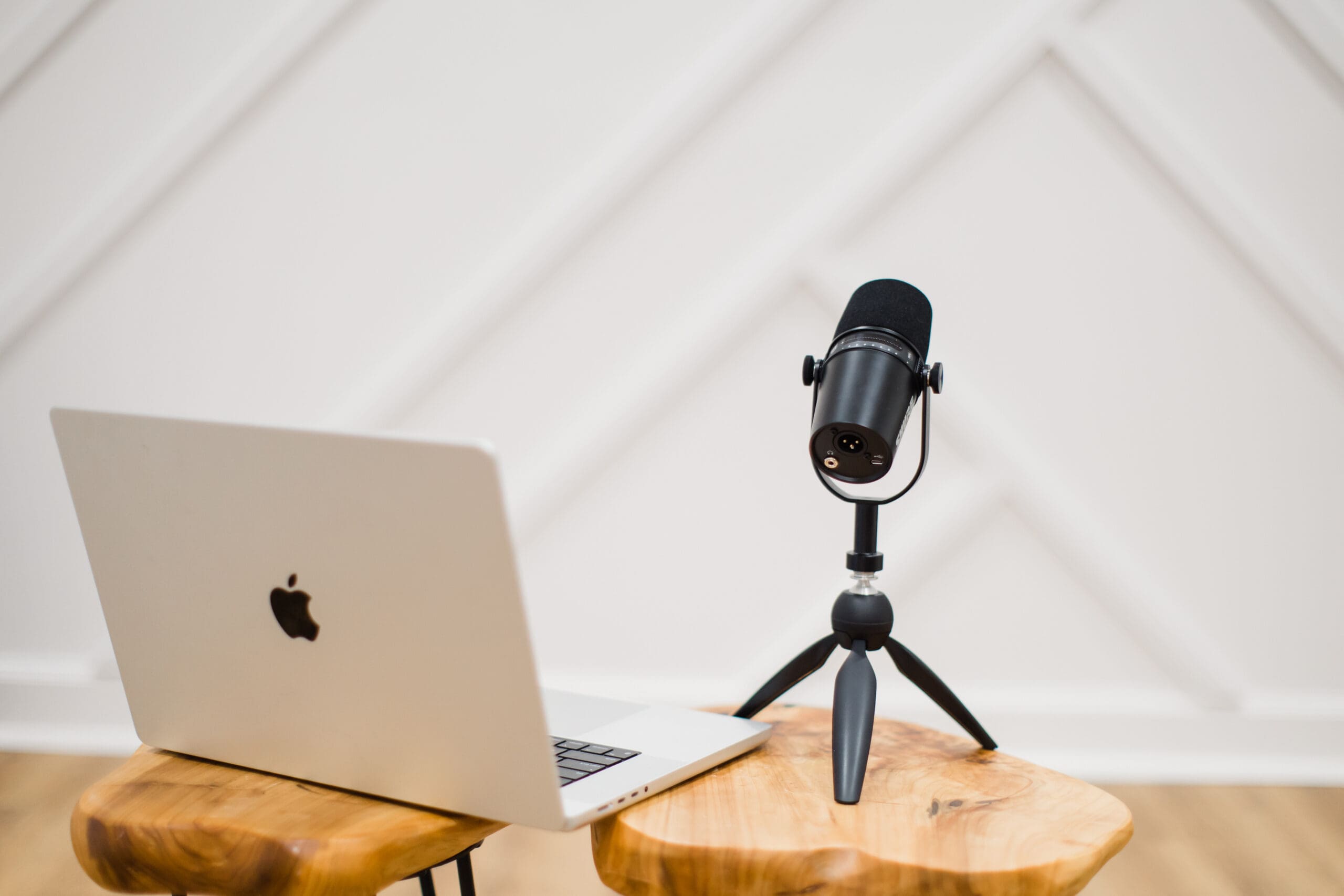The Power of Suggestion in Healing: Lessons from Ecstatic Dance Event
Episode 70: Spotify | Apple Podcasts | YouTube
View transcript on Buzzsprout
Healing is messy, nonlinear, and often unpredictable. But sometimes, it takes a seemingly random experience—like an ecstatic dance class—to bring a major lesson to the surface. In this episode, Amanda reflects on what dancing taught her about the nervous system, the value of community, and the power of receiving suggestions (not just open-ended questions) on the healing path.
What We Cover in This Episode
- Why “What do you think?” can feel frustrating in early healing
- The role of suggestion in trauma-informed therapy
- Amanda’s first experience with ecstatic dance
- The three C’s of safety: context, choice, and connection
- How embodiment unlocks emotional integration
From Dance Floor to Healing Insight
While visiting a friend in Colorado, Amanda attended her first-ever ecstatic dance class. Despite a background in rigid, rule-bound movement (track, powerlifting, CrossFit), this experience asked her to drop the script and follow intuition. It was uncomfortable at first—but also illuminating.
As the music started, the instructor offered not rules, but gentle guidance. Breathe. Connect. Move freely. And through these suggestions, Amanda was able to begin moving in unfamiliar, freeing ways. This mirrored a larger realization: how crucial suggestion can be in therapeutic settings, especially when the nervous system is still stuck in survival mode.
Context, Choice, and Connection
What made the dance class feel safe and transformative? It wasn’t just the movement. It was the structure the instructor offered:
- Context – Clear explanation of what to expect.
- Choice – Encouragement to follow personal needs over group flow.
- Connection – Shared breath, eye contact, and a sense of “we’re in this together.”
These three C’s are foundational in nervous system healing. Without them, unfamiliar experiences can feel threatening. With them, transformation becomes possible.
Why Suggestion Matters More Than You Think
In early healing, being asked “What do you think you need?” can feel paralyzing. When the nervous system is dysregulated, it’s hard to imagine new ways of being. This is where suggestion becomes powerful. It offers a starting point. A spark. A “try this and see.”
Amanda compares this to mimicking dancers around her—trying on movements until her body began to move on its own. Similarly, in coaching or therapy, the right suggestion can be a bridge to new behavior or self-belief.
The Bigger Problem with Talk Therapy
Many clients come to Amanda’s practice after feeling stuck in talk therapy. A common theme: lack of tools. Too much reflection, not enough integration. One client said, “If I knew what would help, I wouldn’t be asking.”
The Rise As We model follows Amanda’s trauma-informed healing pyramid:
- Education & Awareness
- Regulation
- Rewiring
- Resourcing
Each stage includes both reflection and suggestion. Because tools matter. Physiology matters. And sometimes, someone else showing you how to move—literally or metaphorically—is what gets you unstuck.
Reclaiming Free, Embodied Movement
Healing isn’t just in your head. It’s in your body. Amanda reminds us how children naturally express emotion through movement: fists when angry, spinning when excited, eye contact when scared. Over time, these expressions get shut down.
Ecstatic dance reawakened a part of Amanda that had been quieted. And it invited her to ask: What if the weirder I move, the more I fit in?
This kind of embodiment practice isn’t just play. It’s regulation. It’s integration. And it can be a profound part of becoming who you were before the world told you to shrink.Want to explore this kind of healing in a supportive community? The Regulated Living Membership includes nervous system tools, somatic practices, and monthly connection.
Three Tangible Takeaways
- Free movement is powerful regulation. Ecstatic dance or even solo movement at home can help process emotion and reconnect with your body. Try moving without rules.
- Suggestions build capacity. When you’re stuck, don’t be afraid to seek or offer guidance. It’s not about having all the answers—it’s about giving someone a place to start.
- The nervous system needs safety to try new things. Look for experiences that offer context, choice, and connection. They’re the foundation of true change.
Looking for more personalized support?
- Book a FREE discovery call for RESTORE, our 1:1 anxiety & depression coaching program (HSA/FSA eligible & includes comprehensive bloodwork)
- Join me inside the Regulated Living Membership, a mental health membership and nervous system healing space (sliding scale pricing available)
- Join my Release Class – Monthly guided nervous system regulation class
- Order my book, Healing Through the Vagus Nerve today!
- Download free resources here
*Want me to talk about something specific on the podcast? Let me know HERE.
Disclaimer: This article is for informational purposes only and is not a substitute for professional medical advice, diagnosis, or treatment. Always seek the advice of your physician or qualified mental health provider with any questions you may have regarding a medical condition.

Leave a Reply Cancel reply
A mental health newsletter that feels like a deep breath: simple, grounding, and here to remind you that healing is possible.
The Weekly Rewire
Navigate
Regulated Living provides neuroscience-backed mental health coaching to help you regulate your nervous system and reclaim your life from anxiety and depression.
Heal
Learn
Paragraph